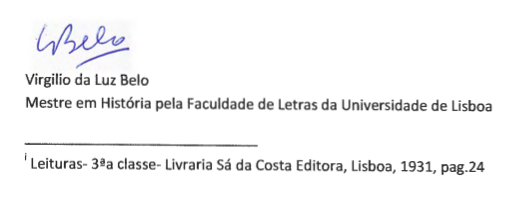
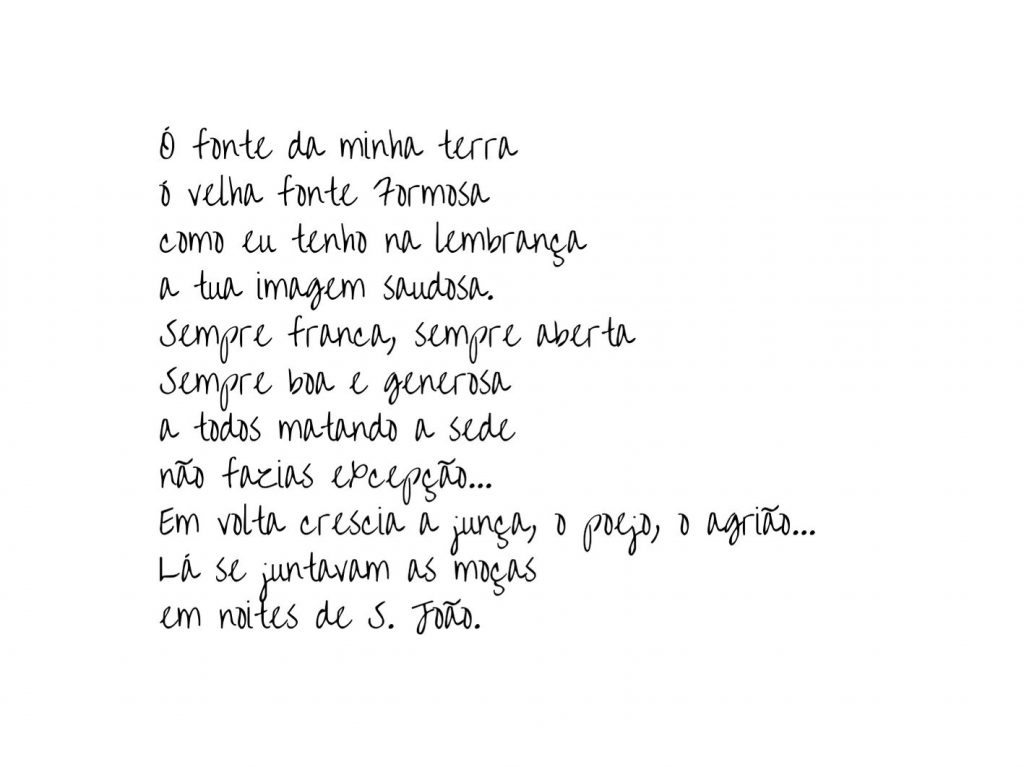
Vale do Peso is an Alentejo village…
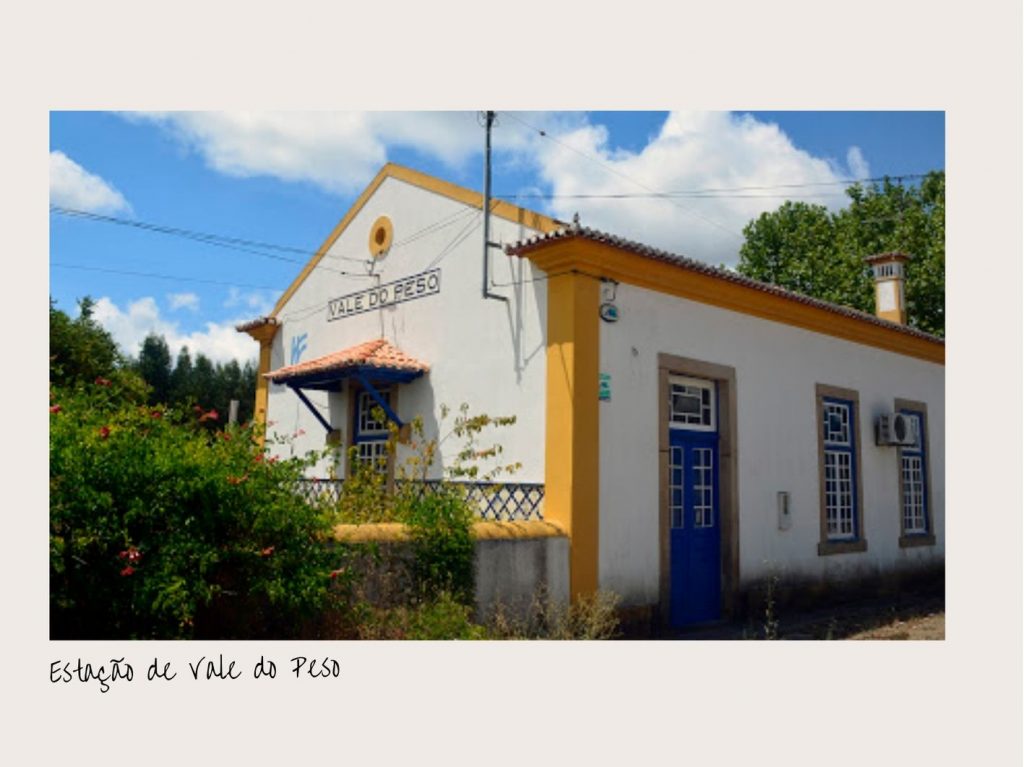
… whose origins are lost in the memory of time, with several historical records and legends that are associated with its genesis and evolution.
With its own history and personality, located in the Nisa-Crato archaeological axis, there are still megalithic remains that attest to its prehistoric settlement (Arrachado dolmen, graves dug in the rock at Tapada das Mós and Couto do Chamiço, ruins of the Pé-do-Rodo, etc.), in addition to a more than likely Roman presence.
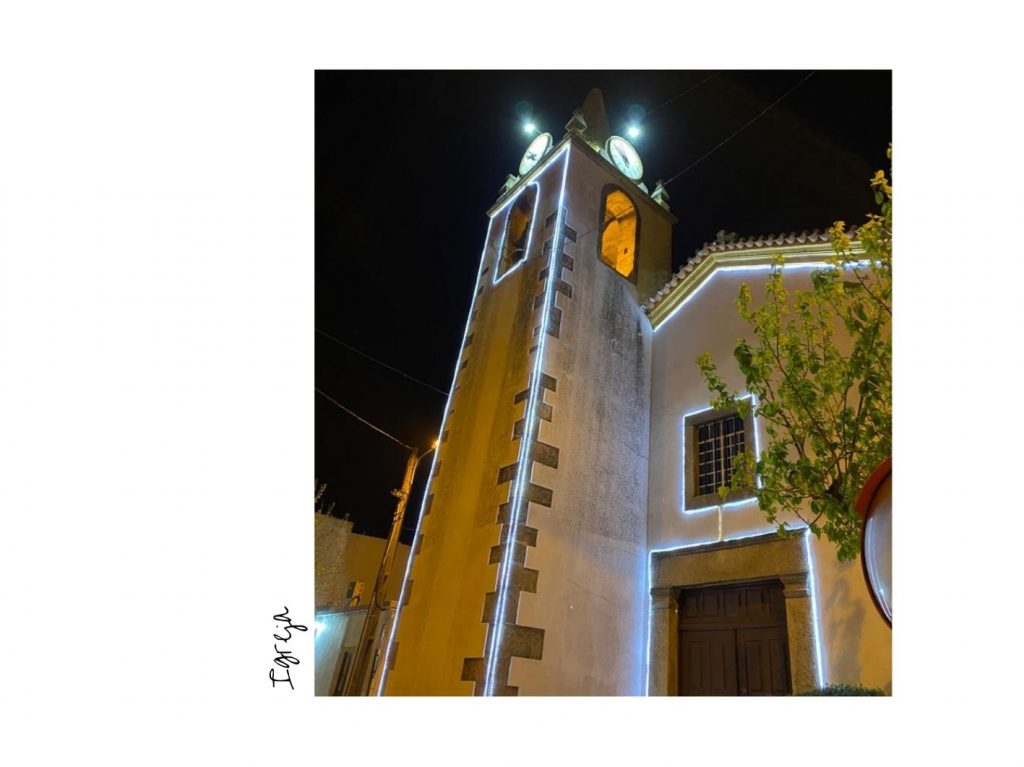
Already in the Modern period, we have the Church of Nossa Senhora da Luz, with a bell tower, parish of the Order of Malta, which was founded on an unknown date, although it is certain that the first preserved parish records date from the 16th century (in 1553, the records of marriages, and a year later those of baptisms). It underwent restoration work in the following century, and it is historically proven that between 1615 and 1620, the Church's plan was surveyed by the architect Pedro Nunes Tinoco, and was finally remodeled in the 18th century, thus giving it dignity. and beauty in keeping with its role in bringing people and wills together.
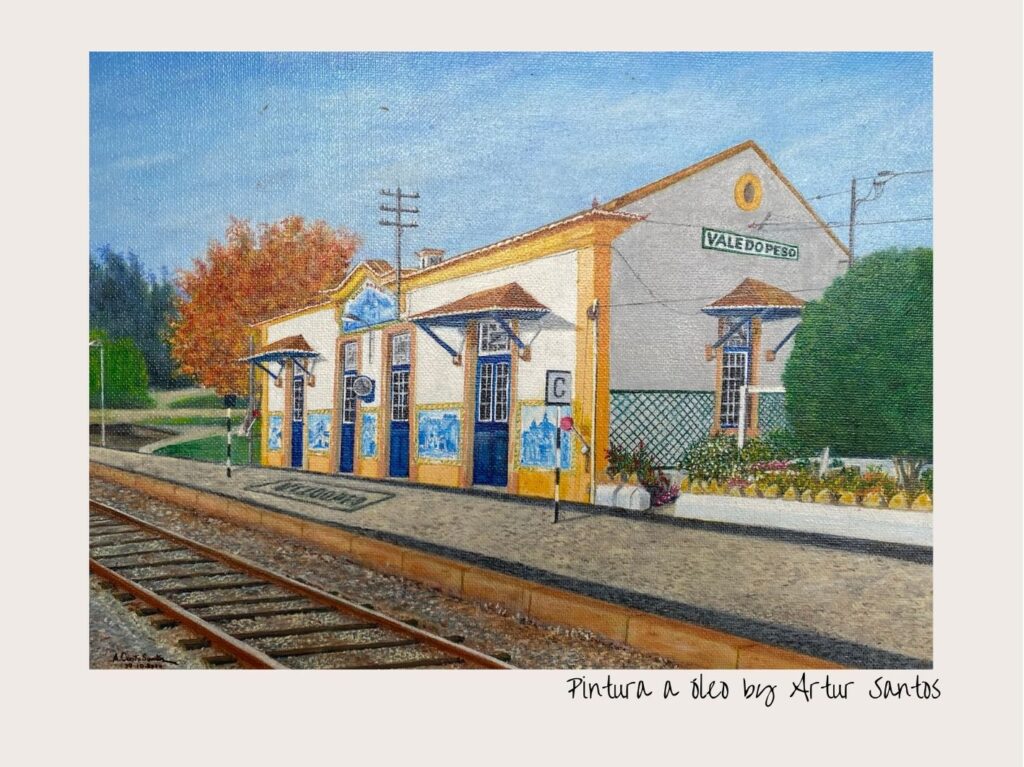
During the twenty-eight years of the War of Restoration (of Independence), Castilian troops commanded by D. José João de Austria razed the region and there is a very consistent theory that the village of Pé-do-Rodo was a victim. of the fury of these armies, having left their homes, where they did not return.
During the 3rd French invasion, in 1811, the troops commanded by the French general Massena, prevented by the Linhas de Torres Vedras, from conquering Lisbon, had to retreat, and some of them camped on the slope in front of the current cemetery.
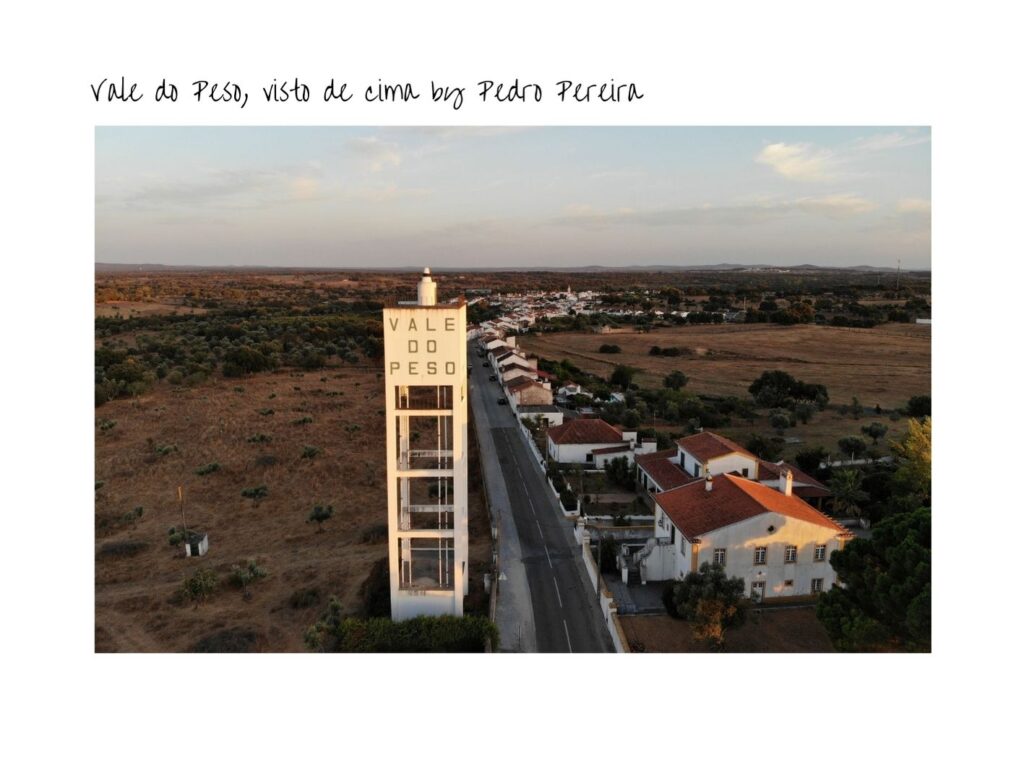
But the Alentejo of which Vale do Peso is a part, and despite the proximity of the border with Spain, which from an early age allowed the development of a cosmopolitan type of contraband, was, after all, yet another remote area embedded within a Portugal decrepit and dying.
The arrival of the railway at the end of the 19th century was seen as a symbol of social and economic renewal and development.
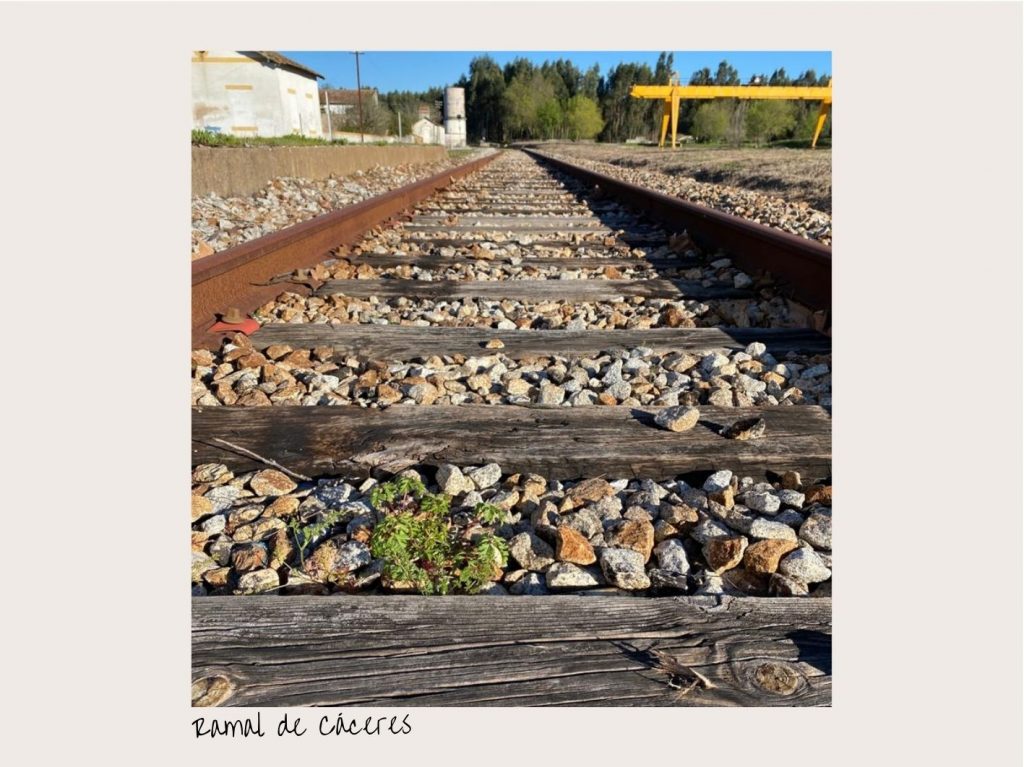
In fact, the Cáceres branch line, built by the Royal Portuguese Railway Company, began its activity on October 15, 1879, having been officially inaugurated on June 6 of the following year. The Vale do Peso station was one of those serving this line, and was artistically decorated with eight tile panels by Jorge Colaço, which represent traditional activities from the beginning of the 20th century. The role of the railway to Vale do Peso is unquestionable. It allowed a surprising mobility that brought us closer to lands and people, opened us to the outside world and consequently broadened our horizons, at the same time as having an overwhelming economic impact, by ensuring the employment of precarious wage earners, in a new activity that allowed them new goals of life.

But because it was about 3 kilometers from the village, efforts and desires were mobilized to shorten the distance, and this was achieved in 1951, when the Apeadeiro or Vale do Peso A, the technical designation, was inaugurated.
Appealing to the imagination, we can imagine the streets decked out and to the sound of the music played by the Banda Filarmónica, men, women and children excited in their “cups” on the feast days. They were wearing cotton pants, a vest from which the pocket watch's “chain” stood out, a collarless shirt (with a button-down waistband), boots and the indispensable black hat. They, with a pleated skirt at the waist, flowered (not as bright as they are today) or plain and blouse with a skirt outside the skirt (with elastic at the waist).
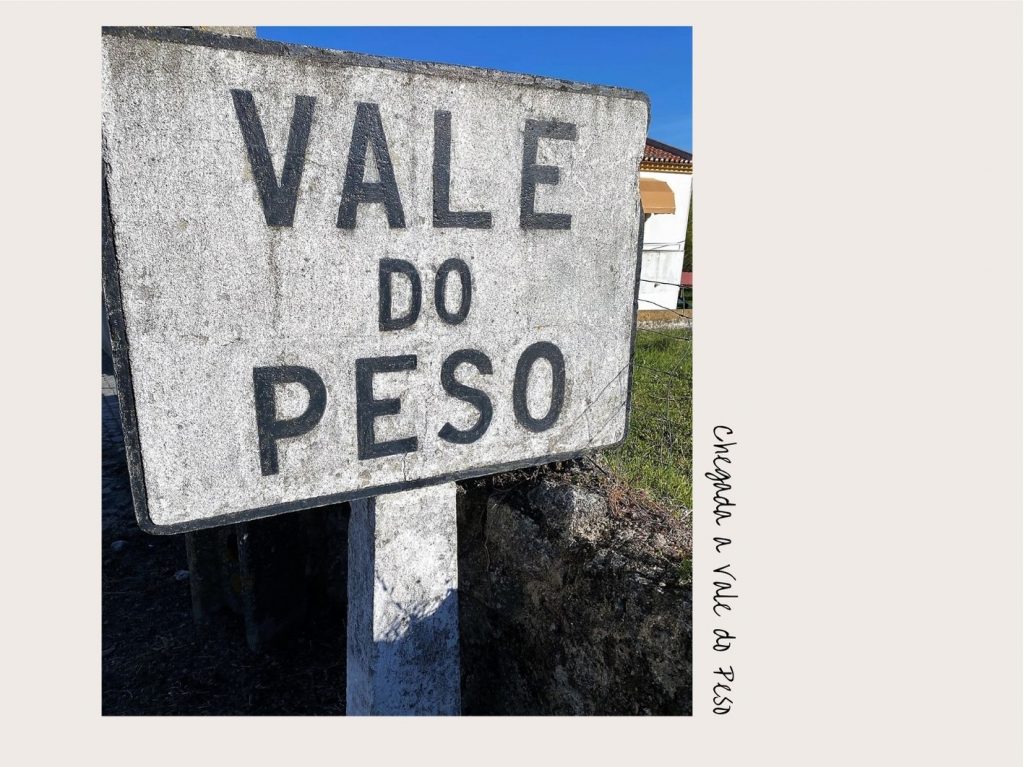
To be covered, a brown or gray Pyrenees shawl, in mesh or fabric, with fringes. They completed the festive attire, pouncing shoes, or, for the more humble, sandal-style shoes (woven over a rubber sole, sewn with an awl), and a merino scarf tied around the head.
It was in this Vale do Peso that D. João da Câmara (many are unaware of it, but its importance at the time justified the construction of a bust in Lisbon, between Teatro D. Maria II and Rossio), wrote in 1893, one of the his most important works: Os Velhos, where he incarnates the figure of “Engineer Júlio”, which can be understood as his own biographical dimension.

Vale do Peso also saw the birth of illustrious figures (some of which are remembered by evocative plaques in some houses) but where Prof. Manuel Subtil, writer, essayist, educator, who led almost all the initiatives that helped to highlight Vale do Peso. He was the founder of the Nucleus Progresso de Vale do Peso.
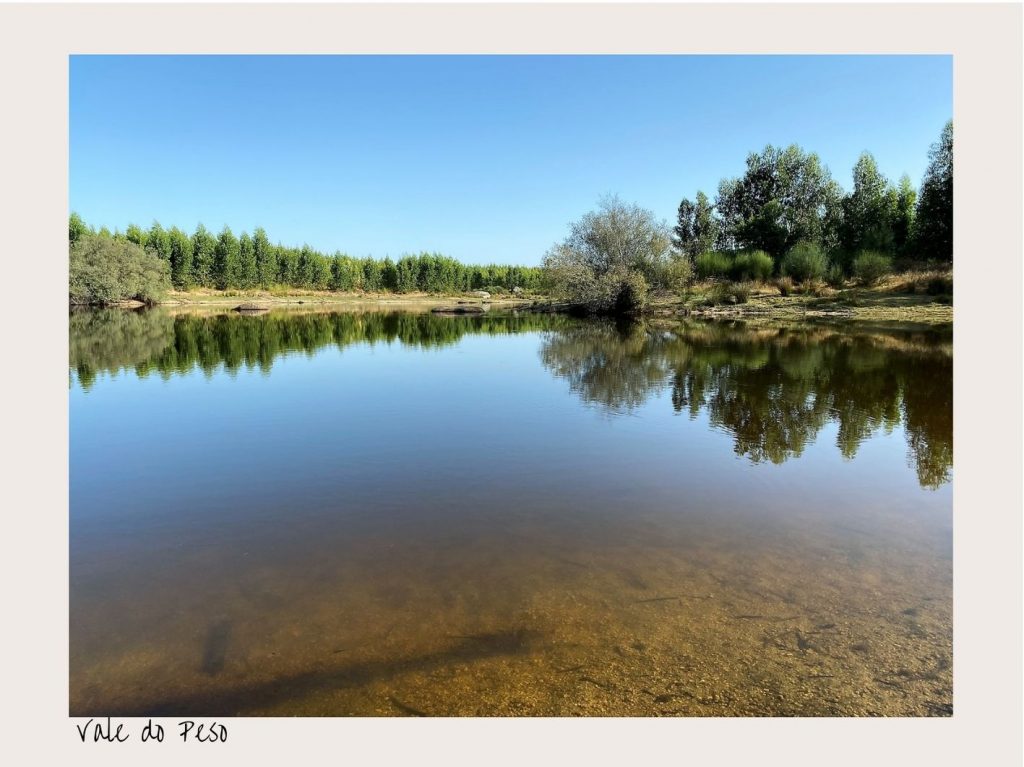
In close collaboration with Professors Cruz Filipe, Faria Artur and Gil Mendonça, he published works that remained in the collective memory of Vale do Peso, as it bears the name of such an illustrious Valpesense, associated with the books that helped generations of children and adults to learning, spelling and writing the Portuguese language is something that leaves a deep impression on us, and which we still know by heart:
- Initiation of Reading by the Global Method, for the first class of Elementary Elementary Education.
- Readings for Second, Third and Fourth grades, also from Elementary Elementary School.
- Application Notebooks.
- Small School Dictionary.

And then, the anonymous people, men and women who stood out for their competence as artisans and artisans recognized and in demand everywhere, as blacksmiths, masons, plasterers, carpenters, cork loggers, in short, simple professions but of enormous dignity, prestige and timelessness.
To conclude, the name of Fernando Salgueiro Maia, hero of the April revolution, which changed the course of national history, has a solid and consistent relationship with Vale do Peso. If nothing else, on the part of his paternal grandparents (Senhorinha and Ramiro Maia).
For this text, iconographic fonts (photos), printed fonts (newspaper clippings), handwritten fonts (correspondence) and some bibliography of prof. Manuel Subtil and main collaborators (Prof. Cruz Filipe, Faria Artur and Gil Mendonça, as well as Drs. Faria de Vasconcelos and Fernando da Costa Cabral). The work coordinated by Prof. Joaquim C. Barrento, Vale do Peso, História e Tradição, was also consulted.
